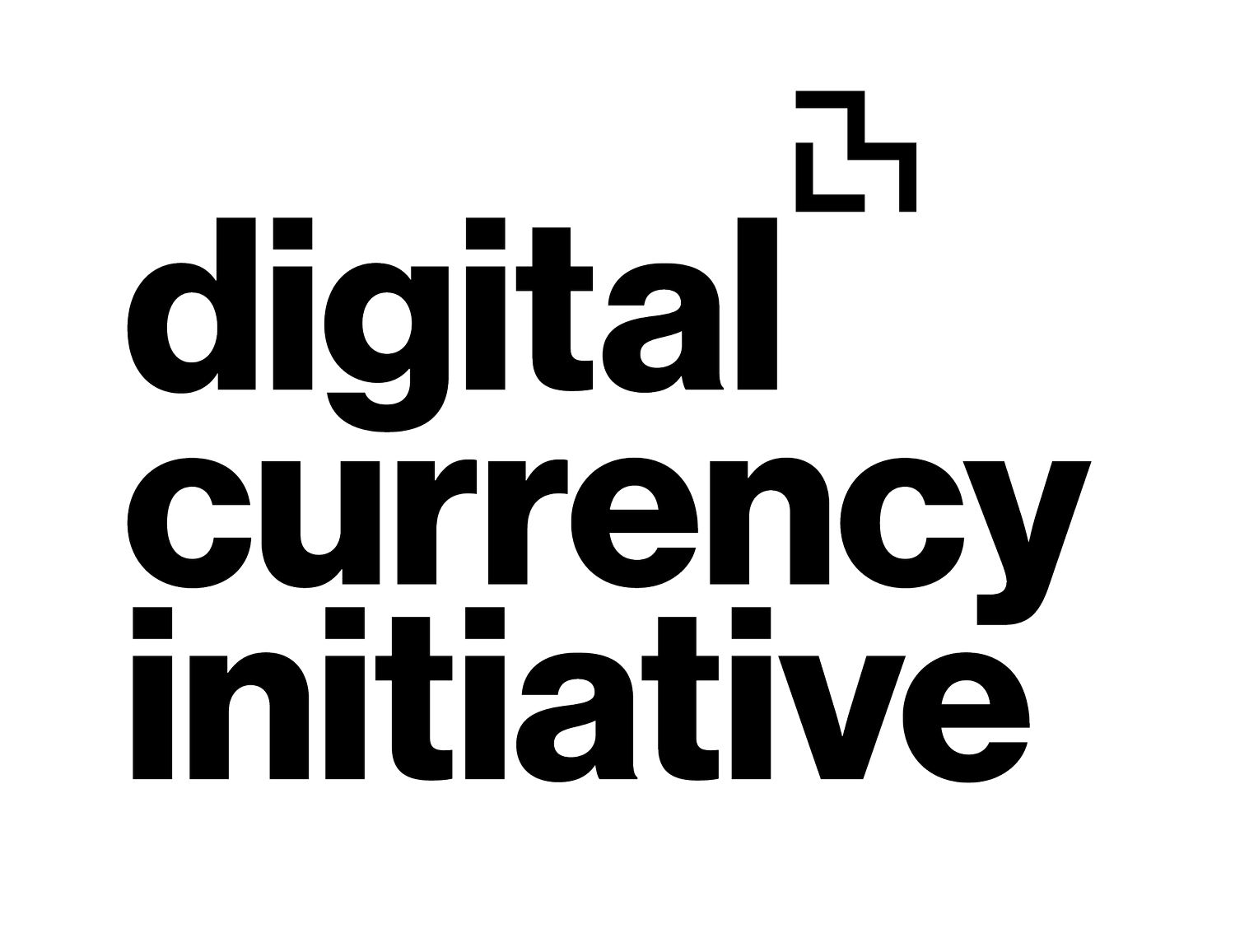
Bitcoin Magazine interviews Neha Narula
“MIT DCI Director Neha Narula: How Academia Interacts With The Bitcoin Ecosystem
A talk with the director of DCI at MIT, Neha Narula, on the role academia plays in the Bitcoin ecosystem and how that might evolve over time.”

The DCI at the 10th MIT Bitcoin Expo
On April 22-23, the MIT Bitcoin Club hosted the 10th MIT Bitcoin Expo. DCI director Neha Narula gave a keynote speech, Cryptoeconomic Systems managing editor Reuben Youngblom presented a talk titled "The 70 Megaton Gorilla: Addressing the PoW climate narrative," and DCI software engineer Sam Stuewe presented an asynchronous talk titled "Are We CBDC Yet? A Healthy Dose of Skepticism." Sam also mentored participants in the Expo's Hackathon.

AJ Towns listed as one of the "Most Influential 2021: The Developers Who Wrote Bitcoin’s Taproot Upgrade"
Nick along with A.J. Towns, Tim Ruffing and Pieter Wuille are the authors credited for writing the three BIPs that made up Taproot, the most significant Bitcoin upgrade in four years.
Joining MIT DCI to lead our Bitcoin Software and Security Effort
We’re excited to share that AJ Towns is joining the Digital Currency Initiative to lead our Bitcoin Software and Security Effort (please find his announcement below). This four-year research and development program is designed to continue to harden the Bitcoin network and steward the industry’s commitment to funding open source software. The effort will include contributing to Bitcoin Core development as well as longer-term research, such as investigations into the stability of rewards and software to provide strong robustness and correctness guarantees. It will also include attracting talent in network and operating system security, compilers, programming languages, testing, and more to join the effort.

Forbes Names Papers by DCI's Madars Virza and Tadge Dryja as "Satoshi & Company: The 10 Most Important Scientific White Papers In Development Of Cryptocurrencies"
In an article by Forbes’s Nina Bambysheva on February 13th, 2021, Madars Virza’s paper “Zerocash: Decentralized Anonymous Payments from Bitcoin” and Tadge Dryja’s “The Bitcoin Lightning Network: Scalable Off-Chain Instant Payments” were named as one of “The 10 Most Important Scientific White Papers In Development Of Cryptocurrencies.

Bitcoin’s (un)common good
Digital Currency Initiative at the MIT Media Lab Launches New Bitcoin Software and Security Effort with Industry Leaders
Thanks to millions of open source developer hours over the past 12 years, and a burgeoning and supportive ecosystem, Bitcoin is no longer an obscure cryptographic toy. It is now an open-source financial network that secures on the order of $1T of value.
As the use of Bitcoin grows, and as it becomes more deeply embedded into our societies, the security of the network must grow and strengthen alongside it. Yet, as a common good, there is no one single Bitcoin protector or guardian to take on this formidable task. By design, there is no central command. And while this presents significant logistical challenges, it is also the distinguishing feature perhaps most unique to Bitcoin: no central point of failure. Bitcoin's nearly-uninterrupted operation over the years is a testament to the power of decentralization…

Tadge Dryja on "Fundamental Differences between Bitcoin and Ethereum" for What Bitcoin Did
DCI’s Tadge took part in an episode of “What Bitcoin Did" with host, Peter McCormick, discussing the fundamental and technical differences between Bitcoin and Ethereum, scalability and use cases.

Calvin Kim is awarded for his role as an Utreexo Collaborator: "BitMex awards its last developer grant to a Bitcoin scalability solution from MIT"
BitMex's 100x Group has awarded its last Bitcoin development grant of the year. The company has awarded a grant valued at $40,000 to Calvin Kim for his Bitcoin scalability solution, Utreexo — a project originally created by Tadge Dryja from the MIT Digital Currency Initiative.

Utreexo's First Demonstration
DCI Research Scientist Tadge Dryja released the Utreexo Demonstration today through a Medium post.
“I’m excited to announce the release of the first demonstration of Utreexo. Utreexo is a new scalability technology for Bitcoin, which can make Bitcoin nodes smaller and faster while keeping the same security and privacy as full nodes.”

Bitcoin Magazine Netherlands Podcast: Gert-Jaap Glasbergen was interviewed on the new security project "Pool Detective"
Gert-Jaap was interviewed by Bitcoin Magazine NL about the new security project “Pool Detective”. Listen to the full podcast to learn more. Podcast is in Dutch.
Reorgs on Bitcoin Gold: Counterattacks in the wild - Medium Post by James Lovejoy
The economic security of Bitcoin and other proof-of-work cryptocurrencies relies on how expensive it is to rewrite the blockchain. If a 51% attack were economically feasible, an attacker could send a transaction to a victim, launch the attack, and then double spend the same coins back to themselves. Satoshi Nakamoto assumed that this would not occur because a majority of miners would find it more lucrative to honestly follow the protocol than to attack the chain, the source of their own mining revenues.

"What actually happens during a bitcoin halving? Technically speaking, not much", The Block Interviews DCI's Tadge Dryja
Quick Take
Bitcoin’s third-ever block halving is set to take place next month
But from a network perspective, what exactly happens?
The cryptocurrency world is abuzz with speculation about the potential impact of next month's bitcoin halving, when for the third time in the network's history, the reward for mining a block will be divided by two.

MIT Technology Review Discusses Central Bank Panel from MIT Bitcoin Expo, which included DCI's Rob Ali
For central bankers, the game changed last summer when Facebook unveiled its proposal for Libra. Many have responded by seriously exploring whether and how they should issue their own digital money.

Podcast: DCI's Neha Narula was interviewed for 'WhatBitcoinDid' on Bitcoin Security and Ethics.
While I was in Boston, I sat down with Neha Narula, the Director at MIT’s Digital Currency Initiative. We discuss bugs in Bitcoin, Proof of Work being too risky and whether Bitcoin developers are ethical.

Podcast: DCI's Tadge Dryja was interviewed for 'WhatBitcoinDid' on Utreexo
In this interview, I talk with Tadge Dryja, a research scientist at MIT's Digital Currency Initiative and the co-author of the Lightning Network whitepaper. Tadge recently published a new whitepaper called Utreexo, a scaling proposal for Bitcoin aimed at minimising storage requirements needed to run the Bitcoin protocol.

Utreexo: A dynamic hash-based accumulator optimized for the Bitcoin UTXO set
by Thaddeus Dryja (MIT’s Digital Currency Initiative)
Abstract: In the Bitcoin consensus network, all nodes come to agreement on the set of Unspent Transaction Outputs (The “UTXO” set). The size of this shared state is a scalability constraint for the network, as the size of the set expands as more users join the system, increasing resource requirements of all nodes. Decoupling the network’s state size from the storage requirements of individual machines would reduce hardware requirements of validating nodes. We introduce a hash based accumulator to locally represent the UTXO set, which is logarithmic in the size of the full set. Nodes attach and propagate inclusion proofs to the inputs of transactions, which along with the accumulator state, give all the information needed to validate a transaction. While the size of the inclusion proofs results in an increase in network traffic, these proofs can be discarded after verification, and aggregation methods can reduce their size to a manageable level of overhead. In our simulations of downloading Bitcoin’s blockchain up to early 2019 with 500MB of RAM allocated for caching, the proofs only add approximately 25% to the amount otherwise downloaded.

DCI's Tadge Dryja interviewed by WHAT BITCOIN DID for a podcast on 'The Limitations of Lightning'
In this episode for Lightning Month, I talk with Tadge Dryja, the co-author of the Lightning Network whitepaper. We discuss the limitations of the lightning network, why Bitcoin might not be for everyone, alternative scaling ideas, fees and inflation.
Coindesk's 'This Scaling Tech Could Let You Sync Bitcoin Straight From Your Phone' using UTreeXO created by Tadge Dryja
“Maybe we don’t have to store everything ourselves.”
That’s Tadge Dryja, cryptocurrency research scientist at the MIT Digital Currency Initiative, explaining the concept behind his bitcoin scaling solution, “utreexo.”
Coindesk's 'Bitcoin at 10[years old]': From Fearing Bitcoin To Fixing Its Worst Problem: Tadge Dryja
A celebration of 10 years of Bitcoin features DCI's Tadge Dryja story:
““I thought I would go to jail.”
That’s why Tadge Dryja, one of two principal researchers who would go on to envision lightning – what has become arguably the most important innovation in the quest to bring bitcoin to the masses – kept his passion for the technology to himself when he first heard about it in 2011.”
Responsible disclosure in the era of cryptocurrencies
DCI Bitcoin Core developer Cory Fields shares his experience disclosing a critical Bitcoin Cash vulnerability.
